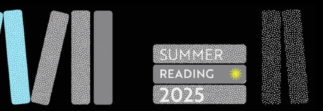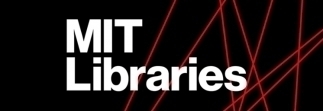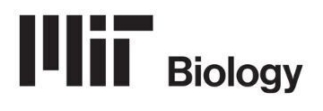The MIT Libraries will sponsor a series of 4 NCBI bioinformatics mini-courses on May 10-11, 2007 in the Hayden Library DIRC, 14N-132. Each course is 2.5 hours in length, including a lecture followed by a 1-hour hands-on session. To register, send your name, name of course(s), department, affiliation, and email address to Louisa Worthington Rogers. There is a limit of 20 attendees per course. (UPDATE: Classes are full, and no additional sign-ups will be accepted at this time.)
Thursday, May 10:
9:30-12:00 – Making Sense of DNA and Protein Sequences
In this mini-course, we will find a gene within a eukaryotic DNA sequence. We will then predict the function of the implied protein product by seeking sequence similarities to proteins of documented function using BLAST and other tools. Finally, we will find a 3D modeling template for this protein sequence using a Conserved Domain Database Search.1:00-3:30 – Entrez Gene Quick Start
In this course, we will use NCBI ‘s Entrez Gene to learn how to obtain information about a human gene such as its mRNA and genomic sequence, gene structure (exon-intron locations), function and phenotypes associated with mutations. We will also learn how to determine whether the SNPs in the coding region of a gene are known to alter the function of the protein product.
Friday, May 11:
9:30-12:00 – Structural Analysis Quick Start
This course covers how to visualize and annotate 3D protein structures using NCBI’s Cn3D, identify conserved domain(s) present in a protein, seach for other proteins containing similar domain(s), explore a 3D modeling template for the query protein and find distant sequence homologs that may not be identified by BLAST.1:00-3:30 – Mapviewer Quick Start
In this course, we will use the human genome Map Viewer. Used to view the NCBI assembly of the complete human genome, Map Viewer is a valuable tool for the identification and localization of genes that contribute to human disease. In this course, we will see how to view different human genome maps and make best use of them. We will learn to locate a human gene, download its sequence along with its upstream sequence (to analyze promoter regions), obtain exon-intron coordinates, find a possible splice variant and identify whether the variations in the gene are associated with a disease.
About the Instructors:
Simin Assadi and Steve Pechous are biologists on the User Services staff of the National Center for Biotechnology Information.
NOTE: CLASSES ARE FULL!


